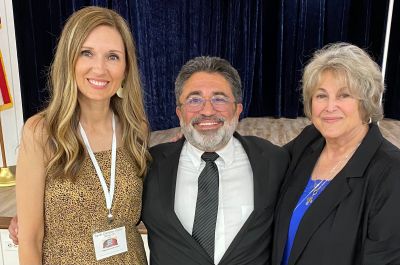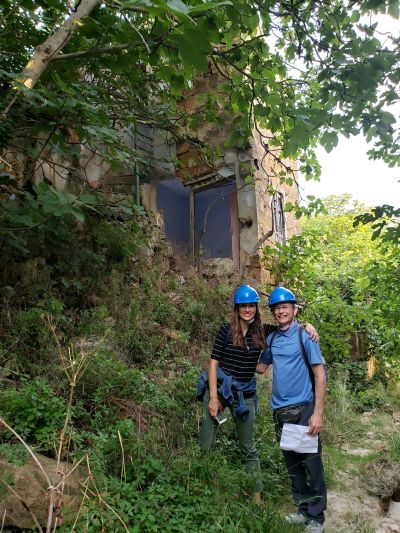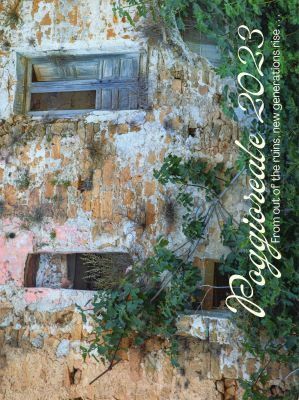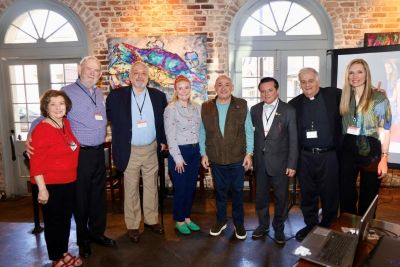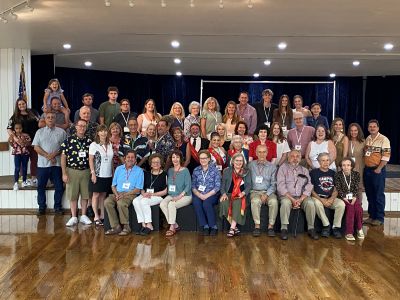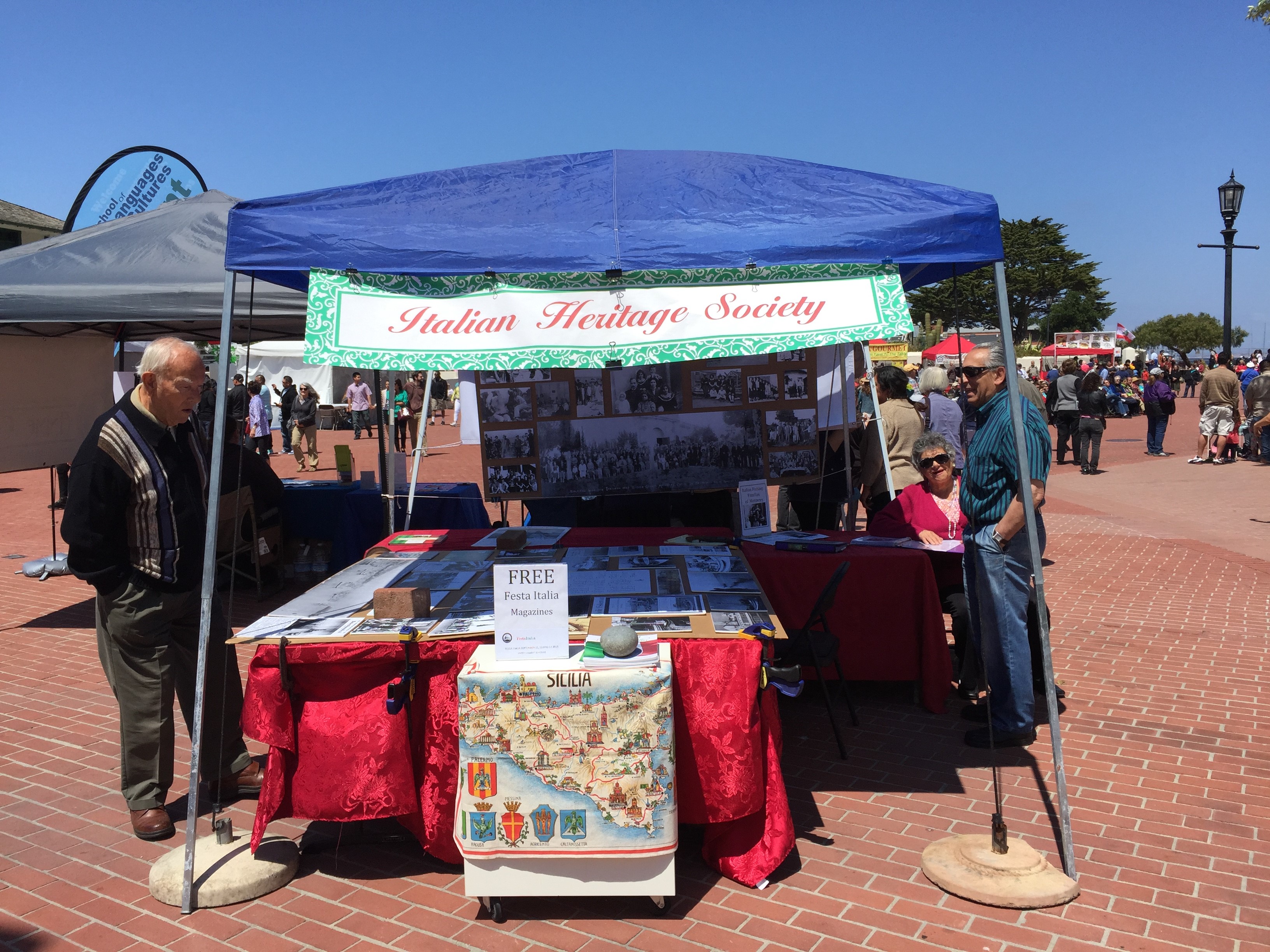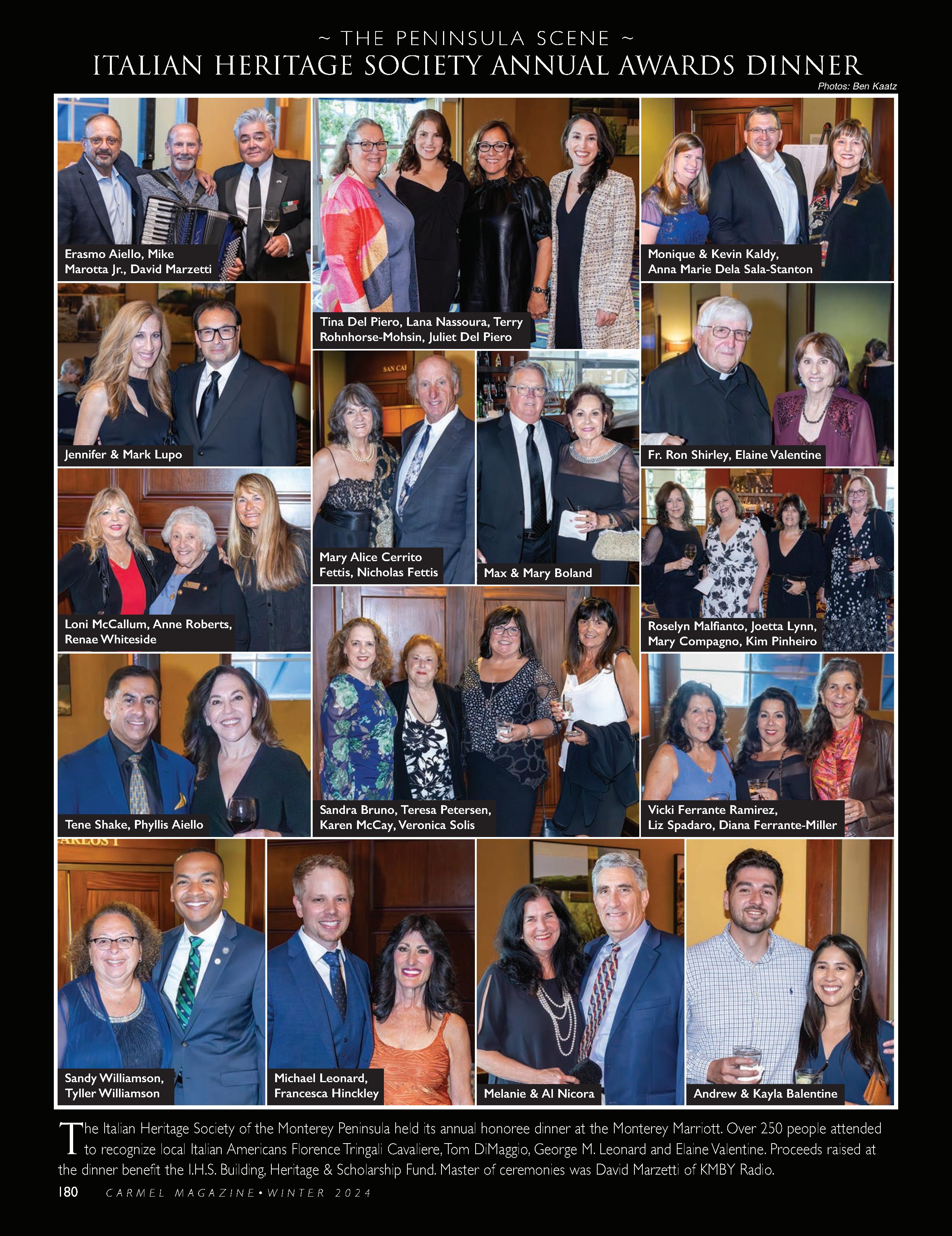When Sarah Campise Hallier's father unexpectedly passed away in 2012, she realized she didn't have much information about his side of the family or her Sicilian roots. It awakened a passion for genealogy, and in 2019, her research led her to a distant Texas cousin, Ross Todaro, Jr., who had recently co-founded a group called Poggioreale in America (PIA).
Ross invited Sarah to a reunion in College Station, Texas, organized for people like her, descendants of Poggioreale, Sicily. There, she encountered 300 people who shared her connection to the Trapani Province town.
Later that year, she traveled to Sicily on a Poggioreale in America-sponsored trip. Fifteen people stayed for nine nights in the 500-person town. Each day, the group was bused to a different Sicilian locale, allowing Sarah to see the island's western side. She also saw the remains of her great-great-grandfather's house at Poggioreale's original site, now a ghost town.
More than 200 people died in a 1968 Belice Valley earthquake. It decimated Poggioreale and forced the evacuation of about 4,000 residents. Some moved to a newly erected village just over two miles south. Others relocated elsewhere in Sicily. But many left Italy completely, heading to the United States and Australia.
Thus began a second major wave of Poggiorealesi emigration, seven decades after the first. About 4 million Italians—most from the south and Sicily—arrived in the U.S. between 1890 and 1920. Many fled rural poverty after Italy's Risorgimento; others followed family and job opportunities. The Poggioreale diaspora settled in New Orleans, Texas's Brazos Valley, and, in the case of Sarah's family, Fresno, California.
After that first reunion and Sicily visit, Ross and co-founder Tina Anderson asked Sarah to join the PIA team. She's served on the board for five years and is currently the managing editor. It's a natural fit for the writer and Appetito magazine associate editor. But Sarah wears many hats.
In addition to managing the quarterly newsletter and helping oversee website and social media communications, she's helped with reunions and the college scholarship fund. The group raised $15,000 in 2022 and 2023 for college students who are also descendants of Poggioreale.
"The sense of community is important to me, especially with my dad not here anymore," Sarah says.
She continues to help grow the organization, hoping to strengthen the Poggiorealesi community across generations.
Sarah Campise Hallier with PIA co-founders Ross Todaro and the late Tina Anderson.
Tell us more about Poggioreale's history.
The town itself was established in 1642, and we can trace my family back that far. In 1968, a devastating earthquake in Sicily affected Gibellina, Salaparuta, and Poggioreale.
There's a lot of controversy surrounding that earthquake. It was pretty devastating in Poggioreale. When we interviewed the people in the town who never left, they said the government came in and decided that the town was uninhabitable. So, the government established barracks at the foot of the hill.
For the better part of 15 years, the families would sleep in the barracks at night, but during the day, they would travel back up to the town, go into their houses, cook, and just hang out in the piazza. There are still people in the town who lived through this and are still alive.
One Poggioreale resident told me, "The concrete unions came in and built a new town at the base of the hill." Many survivors of the earthquake still live in the new town, but the ghost town up on the hill is a reminder of the sadness from over 50 years ago.
Some say the town probably could have been salvaged had it gotten into the right hands, but the government is now helping the town turn it into a tourist destination. They've started a little museum and renovations in some of the buildings so that tourists can visit safely.
Sarah Campise Hallier and her brother, Dr. John Campise, in Poggioreale Antica in front of the ruins of their great-great-grandfather Mariano Campisi's birthplace.
What are PIA's future plans?
Poggioreale in America, Junior is a subdivision of PIA. They worked with the board to create the college scholarship program, and they're trying to grow that right now. It's been stagnant over the past year, but recent donations have sparked an interest in revamping the program for this coming year.
A PIA 2023 calendar was sold to raise funds for the college scholarship program.
What keeps you involved?
I had my Italian citizenship recognized in 2021 through the San Francisco Consulate via the Italian Jure Sanguinis law. I've been an amateur genealogist for decades, learning it all from my mom. While I was growing up, I watched her traipsing through cemeteries—all of the stuff you did before the internet came around to find out your family history. So, the genealogical perspective is probably what I enjoy the most—being able to find your roots. I do a lot of work with expanding our family tree and helping others within the organization do that, too—just as a fun side project. But I just feel a connection to the part of it that brings us all together.
Reunion organizers Marilyn and Jack Henley, Jack Anderson (husband of late President Tina Anderson), Anna and AJ Tusa (owners of Briquette Restaurant), Cav. Pietro Maniscalco from Australia, Father Rigoli (Pastor Our Lady of Guadalupe Catholic Church), and Sarah Campise Hallier at the 2025 PIA Reunion in New Orleans
It's absolutely amazing that thousands of people all over the United States came from this small town in Sicily. My daughter attends UT Austin. She was born and raised in California, and did a blind roommate pairing during her first year in college. In the first couple of weeks of being in her dorm, she found out that her roommate's great-grandparents also came from Poggioreale. We've been trying to figure out if we are related or not.
Little things like that make you think, "Wow, it's pretty incredible," and to just be able to get together... I've been able to meet first cousins I never knew I had.
Sarah Campise Hallier's Campise cousins at the 2023 PIA Reunion in Bryan, Texas
If you enjoyed this article, consider subscribing to my newsletter for more content and updates!

